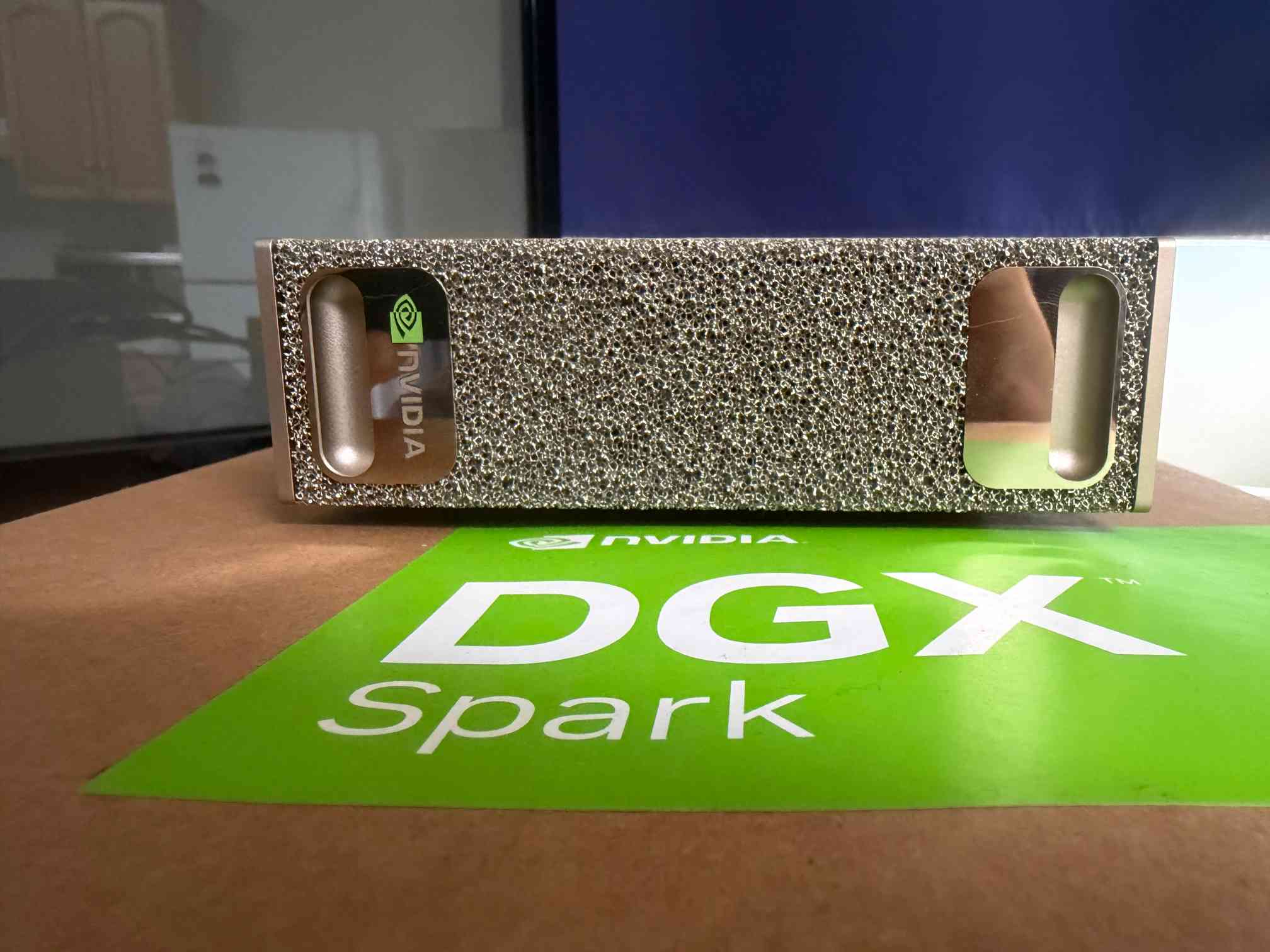9 posts tagged “tailscale”
2025
Using Codex CLI with gpt-oss:120b on an NVIDIA DGX Spark via Tailscale. Inspired by a YouTube comment I wrote up how I run OpenAI's Codex CLI coding agent against the gpt-oss:120b model running in Ollama on my NVIDIA DGX Spark via a Tailscale network.
It takes a little bit of work to configure but the result is I can now use Codex CLI on my laptop anywhere in the world against a self-hosted model.
I used it to build this space invaders clone.
NVIDIA DGX Spark: great hardware, early days for the ecosystem
NVIDIA sent me a preview unit of their new DGX Spark desktop “AI supercomputer”. I’ve never had hardware to review before! You can consider this my first ever sponsored post if you like, but they did not pay me any cash and aside from an embargo date they did not request (nor would I grant) any editorial input into what I write about the device.
[... 1,846 words]Gemma 3 QAT Models. Interesting release from Google, as a follow-up to Gemma 3 from last month:
To make Gemma 3 even more accessible, we are announcing new versions optimized with Quantization-Aware Training (QAT) that dramatically reduces memory requirements while maintaining high quality. This enables you to run powerful models like Gemma 3 27B locally on consumer-grade GPUs like the NVIDIA RTX 3090.
I wasn't previously aware of Quantization-Aware Training but it turns out to be quite an established pattern now, supported in both Tensorflow and PyTorch.
Google report model size drops from BF16 to int4 for the following models:
- Gemma 3 27B: 54GB to 14.1GB
- Gemma 3 12B: 24GB to 6.6GB
- Gemma 3 4B: 8GB to 2.6GB
- Gemma 3 1B: 2GB to 0.5GB
They partnered with Ollama, LM Studio, MLX (here's their collection) and llama.cpp for this release - I'd love to see more AI labs following their example.
The Ollama model version picker currently hides them behind "View all" option, so here are the direct links:
- gemma3:1b-it-qat - 1GB
- gemma3:4b-it-qat - 4GB
- gemma3:12b-it-qat - 8.9GB
- gemma3:27b-it-qat - 18GB
I fetched that largest model with:
ollama pull gemma3:27b-it-qat
And now I'm trying it out with llm-ollama:
llm -m gemma3:27b-it-qat "impress me with some physics"
I got a pretty great response!
Update: Having spent a while putting it through its paces via Open WebUI and Tailscale to access my laptop from my phone I think this may be my new favorite general-purpose local model. Ollama appears to use 22GB of RAM while the model is running, which leaves plenty on my 64GB machine for other applications.
I've also tried it via llm-mlx like this (downloading 16GB):
llm install llm-mlx
llm mlx download-model mlx-community/gemma-3-27b-it-qat-4bit
llm chat -m mlx-community/gemma-3-27b-it-qat-4bit
It feels a little faster with MLX and uses 15GB of memory according to Activity Monitor.
Using a Tailscale exit node with GitHub Actions. New TIL. I started running a git scraper against doge.gov to track changes made to that website over time. The DOGE site runs behind Cloudflare which was blocking requests from the GitHub Actions IP range, but I figured out how to run a Tailscale exit node on my Apple TV and use that to proxy my shot-scraper requests.
The scraper is running in simonw/scrape-doge-gov. It uses the new shot-scraper har command I added in shot-scraper 1.6 (and improved in shot-scraper 1.7).
2024
# All the code is wrapped in a main function that gets called at the bottom of the file, so that a truncated partial download doesn't end up executing half a script.
2021
How to secure an Ubuntu server using Tailscale and UFW. This is the Tailscale tutorial I’ve always wanted: it explains in detail how you can run an Ubuntu server (from any cloud provider) such that only devices on your personal Tailscale network can access it.
2020
Restricting SSH connections to devices within a Tailscale network. TIL how to run SSH on a VPS instance (in this case Amazon Lightsail) such that it can only be SSHd to by devices connected to a private Tailscale VPN.
Several grumpy opinions about remote work at Tailscale. Really useful in-depth reviews of the tools Tailscale are using to build their remote company. “We decided early on—about the time we realized all three cofounders live in different cities—that we were going to go all-in on remote work, at least for engineering, which for now is almost all our work. As several people have pointed out before, fully remote is generally more stable than partly remote.”
Weeknotes: Covid-19, First Python Notebook, more Dogsheep, Tailscale
My covid-19.datasettes.com project publishes information on COVID-19 cases around the world. The project started out using data from Johns Hopkins CSSE, but last week the New York Times started publishing high quality USA county- and state-level daily numbers to their own repository. Here’s the change that added the NY Times data.
[... 993 words]